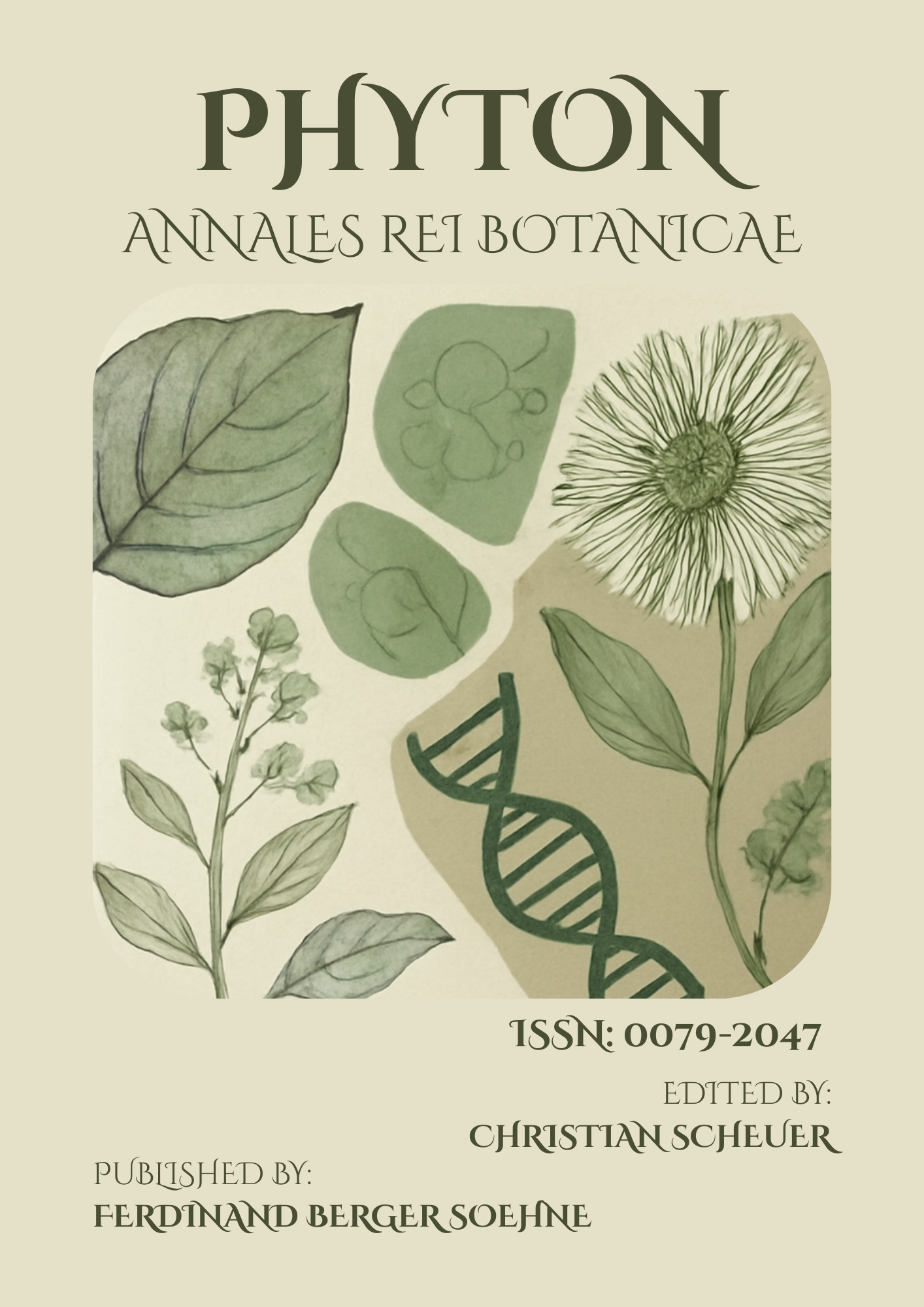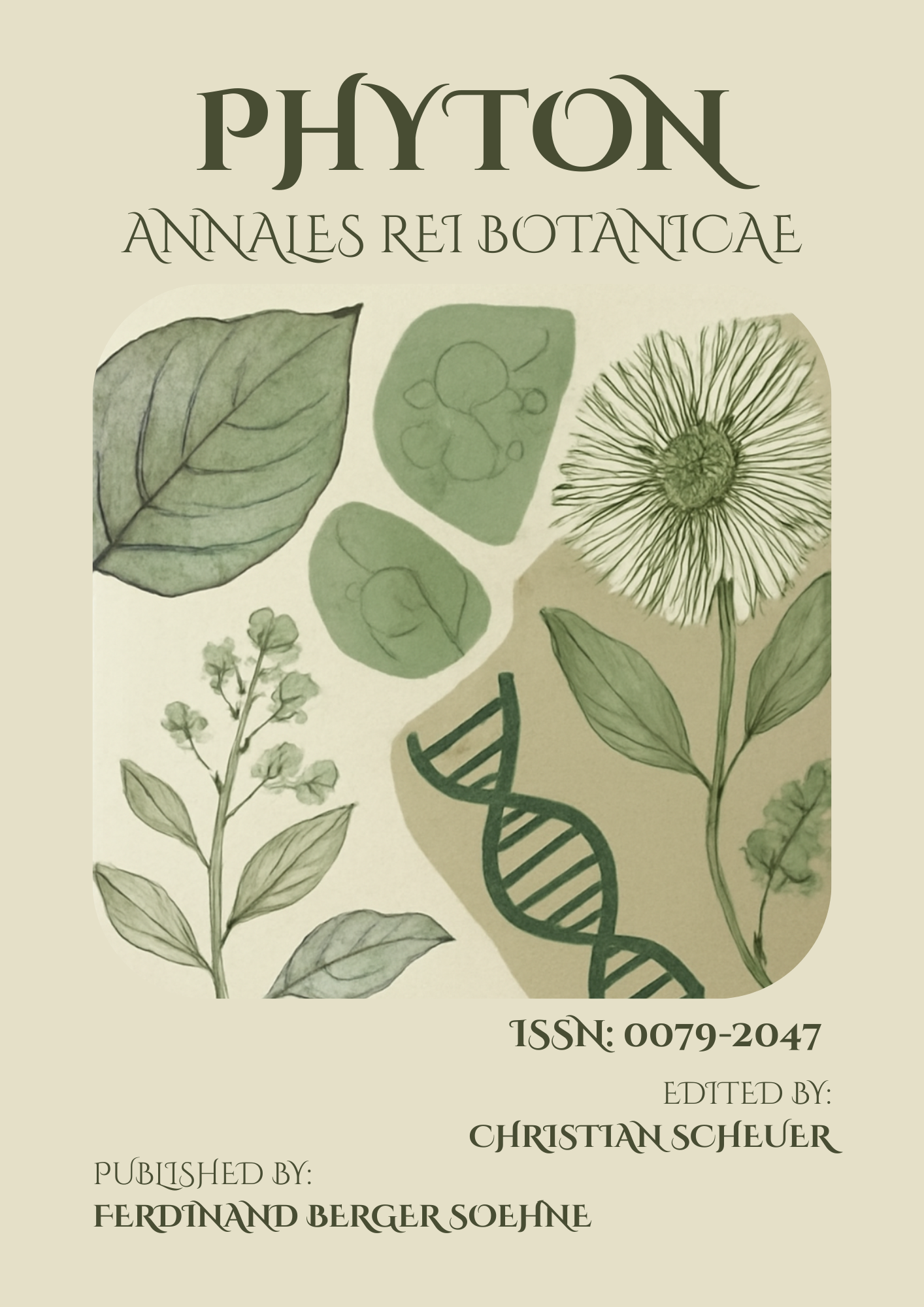Genetic Adaptations of Alpine Flora in Austria: Insights into Cold-Resistant Pathways
Keywords:
alpine plants, genetics, cold resistance, climate adaptation, AustriaAbstract
Alpine ecosystems present some of the most challenging environments for plant survival, characterized by low temperatures, short growing seasons, and nutrient-limited soils. Understanding the genetic adaptations of alpine flora is crucial for predicting how these species will respond to ongoing climate change. This study explores the genetic basis of cold resistance in select alpine species from the Austrian Alps, focusing on the expression of stress-responsive genes such as dehydrins, antifreeze proteins, and transcription factors involved in ABA-dependent pathways. Using next-generation sequencing and transcriptomic profiling, we identified significant upregulation of genes linked to osmotic adjustment and membrane stabilization during subzero exposure. Comparative genomic analysis with temperate lowland relatives revealed distinct mutations and gene duplications in loci associated with secondary metabolite production, particularly flavonoids and phenolic compounds, which play protective roles against oxidative stress. Soil analyses indicated that genetic resilience was also correlated with rhizosphere microbial associations, suggesting a complex interplay between plant genetics and soil microbiota. Conservation implications are highlighted, as these genetic traits not only ensure species persistence but also contribute to alpine ecosystem stability. Our findings underscore the importance of integrating molecular genetics with conservation biology to preserve biodiversity hotspots under the looming threat of global warming. By shedding light on adaptive genetic pathways, the study contributes to broader ecological discussions on resilience and offers practical inputs for alpine flora conservation strategies.
Published
How to Cite
Issue
Section
License
Copyright (c) 2022 PHYTON-ANNALES REI BOTANICAE

This work is licensed under a Creative Commons Attribution-NonCommercial-ShareAlike 4.0 International License.
This article is published under the terms of the Creative Commons Attribution-NonCommercial-ShareAlike 4.0 International License (CC BY-NC-SA 4.0). Readers may share and adapt the material for non-commercial purposes, provided appropriate credit is given and adaptations are shared under the same license.



